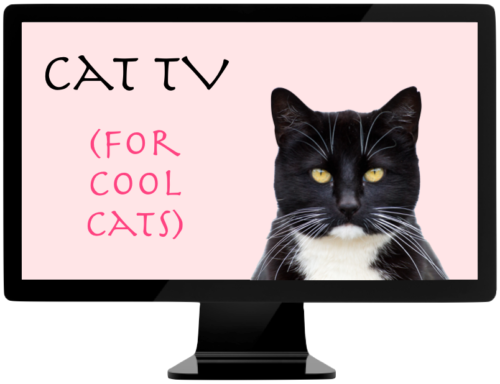It’s easier than ever to take a TV or a monitor and turn it into digital signage, but did you know when you do that you are creating your own media? Here are five tips that can make the difference between a media that your viewers love or one that they ignore.
Just like TV stations are not all alike. Some are great. Some not so great.
Some are super-high budget. Some are no budget. Just what is a media anyway?
1. Media is a group (by who) that constructs messages with embedded values (what), and that disseminates those messages through one or more communication channels (how) to a specific portion of the public (to who) in order to achieve a specific goal (why).
[understandmedia.com] 2. Communication channels through which news, entertainment, education, data, or promotional messages are disseminated. Media includes every broadcasting and narrowcasting medium such as newspapers, magazines, TV, radio, billboards, direct mail, telephone, fax, and internet. [www.businessdictionary.com]
Well, to simplify… somebody is using some communication channel to tell somebody something for some reason. It doesn’t have to be all about the advertising (think public TV, think fanzines), but there is always a message. So even though you might immediately think “newspaper” or “television” when you hear “media”, it’s really much broader than that. It could even refer to your internal corporate communications.
Just because you are using a digital screen doesn’t automatically make it a media though. Think of all those screens in apparel brand shops that just show a DVD loop of models in a fashion show. It’s unlikely that the store is running this same content for months on end just to say “Our brand does fashion shows.” In this case, it’s all about the design, not the information. It’s a kind of digital wallpaper whose main purpose is to add to the atmosphere of the room.
As you can see, information is one of the keys making your media. Here is the full set of five tips you can easily remember with the phrase “Keep it CRISP!” CRISP stands for:
1. Consistent. People are still adjusting to the language of digital signage. When we see a digital screen with content our brains subconsciously start figuring out the answers to question like “What is that screen doing?” “What is it telling me?” Our brains are fantastic at figuring out patterns in information, and a consistent pattern makes this much, much easier. Brand the media, decide what the kinds of content are that will be played on it, and stick to this format.

Let your viewers know this media is for them
2. Relevant. You are trying to reach a certain audience. Your message needs to be specifically for them. Everything else about the media too, from the name to the look and feel, should also appeal to your target audience and give them a big hint that there is information here especially for them.
3. Informative. Now you know who you are targeting and you have let them know through the content and style of your information. You also need to decide how much and how often you can update this information. You want to keep it fresh, but more than anything, you want to keep it coming at a steady pace so your audience knows what to expect and when. (see #1: consistency)
4. Simple. Don’t try to do too much. By making your media complicated it will be harder too understand. You risk having viewers give up on making sense of the information and mentally labelling it as visual noise. As long as your viewers can rely on you to consistently bring them some kind of information that they like, they will keep looking. Establish this trust early, and build from there.
5. Process. Tips 1 to 4 tell you what you have to do, and this tip tells you how. You’d better have a process in place to keep it all rolling smoothly. Once you figure out what kind of content you are going to deliver, you need to figure out how you are going to do it and keep doing it. Where does the content come from? Can it be automated? What is the cost to source, create or publish content? It’s not that hard, but a bit of planning makes a huge difference. Without planning the two big dangers are going over budget for content, or gradually not bothering to update the content at all.
Together, these five tips can help you make a great media that your viewers love!